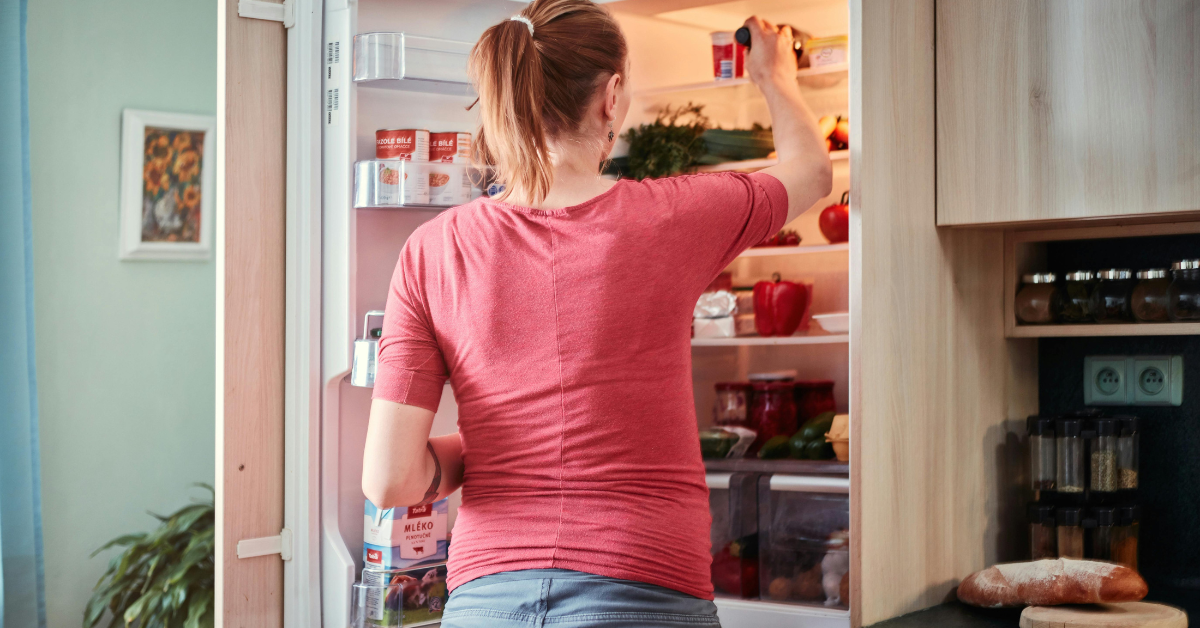
Simple Ways To Reduce Food Waste For A More Eco-Conscious Kitchen

*Collaborative Post
Did you know that in the UK alone, we wasted more than 10.7 million tons of food in 2021? Food waste is a major problem, with the average household chucking the equivalent of eight meals away per week. Reducing food waste is a brilliant way to save money and create a more eco-conscious kitchen. In this guide, we’ll outline some simple steps to help you reduce your food waste from today.
Check dates before you buy
One of the quickest and easiest ways to reduce food waste at home is to check dates before putting items into your basket. Read the labels carefully and make sure you’ll use the product before the best-before date. Once you’ve taken your shopping home, store items that need to be eaten first at the front of the fridge so you don’t forget about them. It’s worth noting that some products have a use-by date while others are best consumed before a specific date. If you buy products with a best-before date, you may find your food is fine for a day or even several days after the recommended deadline. It’s helpful to have a look at the product, smell it and try a small piece or serving to help you decide whether it’s still fine to consume.
Make sure your fridge works properly
Many of us buy a huge range of products to store in the fridge at home. Refrigerators keep food cold, enabling us to enjoy them for longer without any health risks. To prevent food waste, it’s important to check that your fridge is working properly and invest time and effort in maintenance. Maintaining an ideal refrigerator temperature is essential as if it’s too warm, your food will spoil. If it’s too cold, products may freeze. Guidelines from the Food Standards Agency suggest a temperature of 5° or lower. If your fridge doesn’t have a temperature gauge, you can buy an appliance thermometer.
Plan a weekly menu
Planning a weekly menu can help you create a targeted shopping list and ensure you don’t over-cater and buy ingredients you won’t use. Draw up a list of dishes and write your shopping list. Include measurements and quantities so you don’t buy too much.
Monitor portion sizes
One of the most common reasons we generate so much food waste is that we make too much. If you tend to pile plates too high and never finish your meal, or your kids leave food at every mealtime, reduce portion sizes. If you do make too much, don’t throw leftovers away. Store them in the fridge in a sealed container for another day or use them to create a quick and easy lunch dish or snack.

Many of us are guilty of throwing food away either because we buy things we don’t need, we go wild in the supermarket aisles or we serve up huge portions. These simple steps will help you decrease food waste. Check dates before you buy, make sure your fridge works properly, plan a weekly menu and tailored shopping list and monitor portion sizes.
*This is a collaborative post. For further information please refer to my disclosure page.




